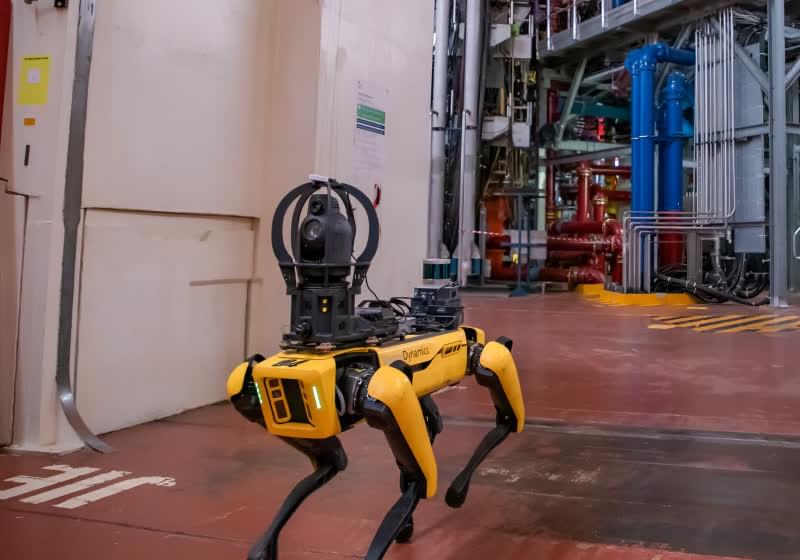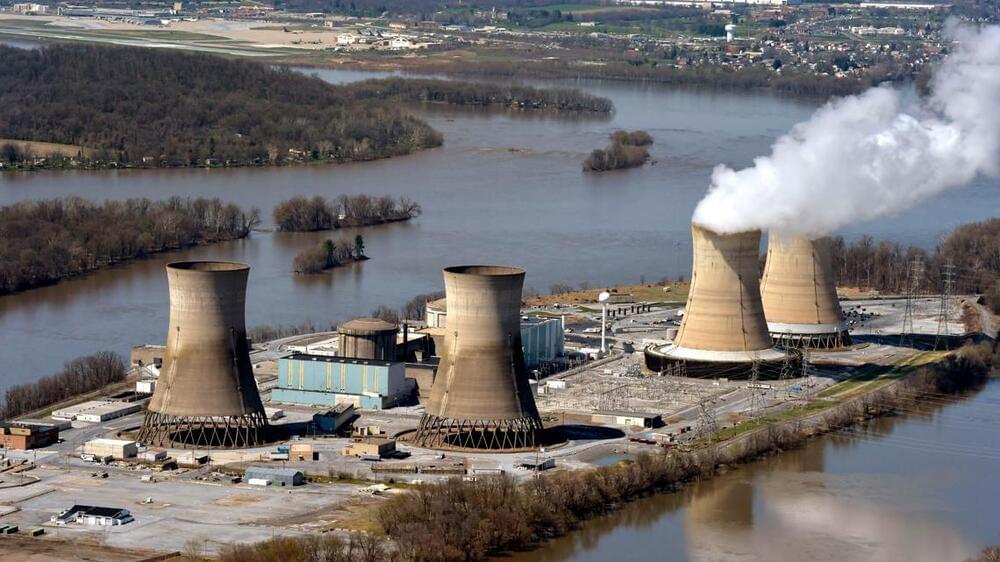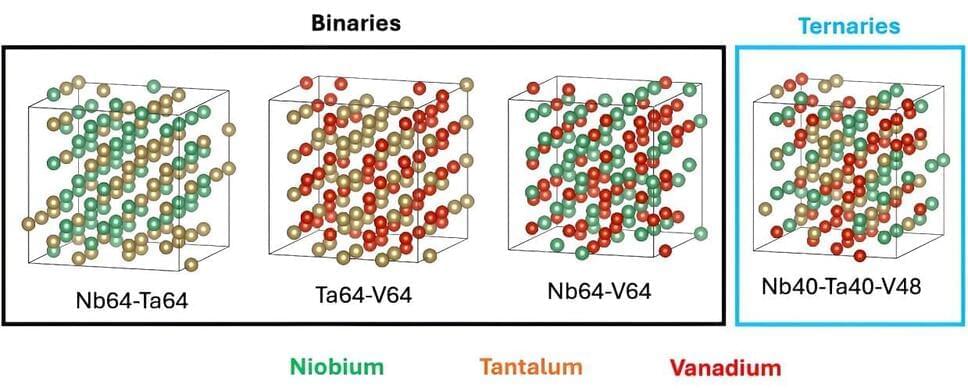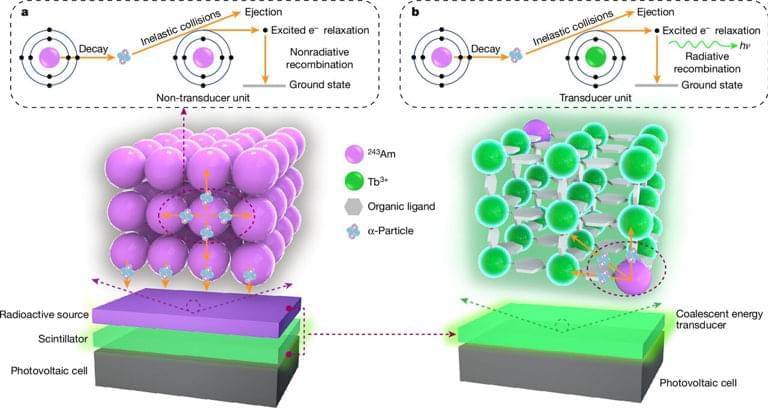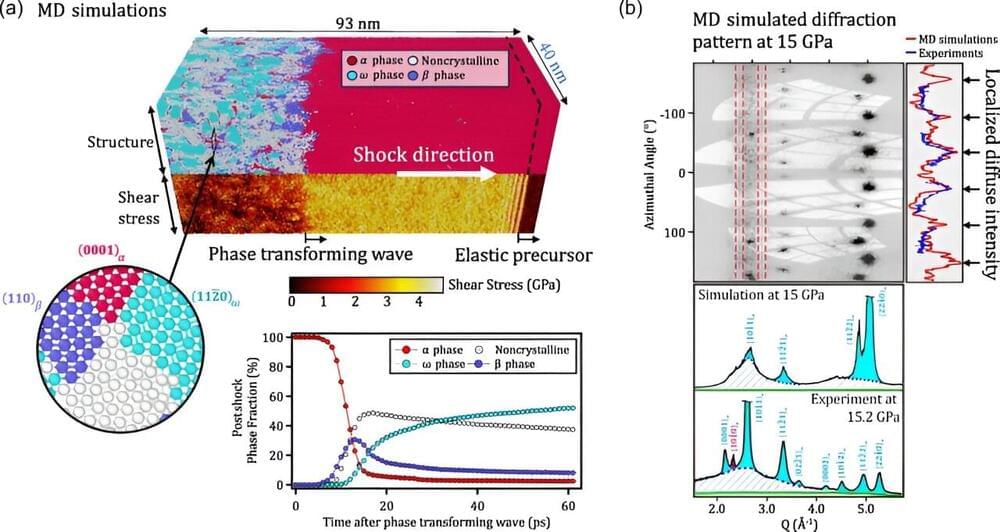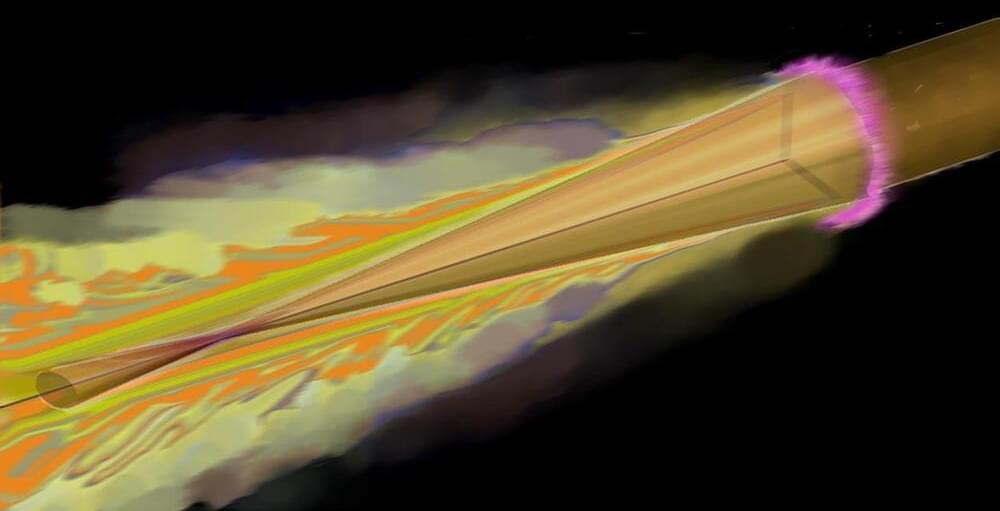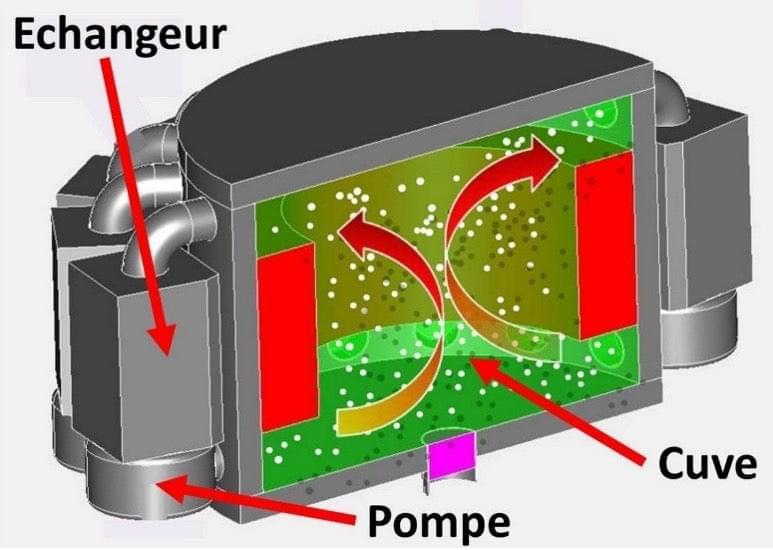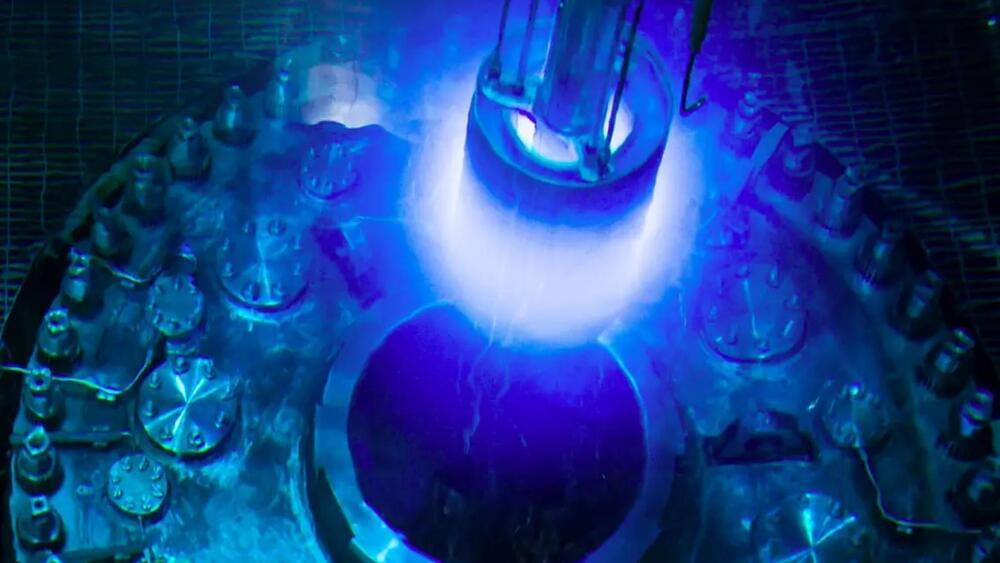Sep 22, 2024
Autonomous robot replaces human fusion reactor inspectors in world-first trial
Posted by Shailesh Prasad in categories: nuclear energy, robotics/AI
What just happened? Researchers have successfully deployed a fully autonomous robot to inspect the inside of a nuclear fusion reactor. This achievement – the first of its kind – took place over 35 days as part of trials at the UK Atomic Energy Authority’s Joint European Torus facility.
JET was one of the world’s largest and most powerful operational fusion reactors until it was recently shut down. Meanwhile, the robotic star of the show was, of course, the four-legged Spot robot from Boston Dynamics, souped up with “localization and mission autonomy solutions” from the Oxford Robotics Institute (ORI) and “inspection payload” from UKAEA.
Spot roamed JET’s environment twice daily, using sensors to map the facility layout, monitor conditions, steer around obstacles and personnel, and collect vital data. These inspection duties normally require human operators to control the robot remotely.
